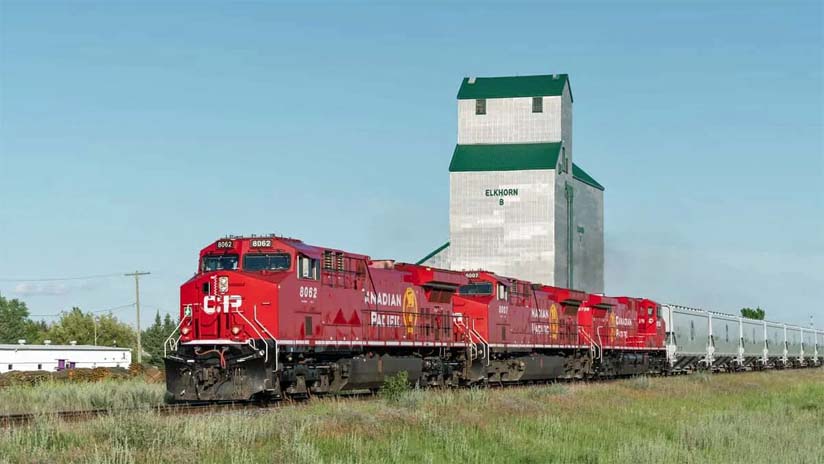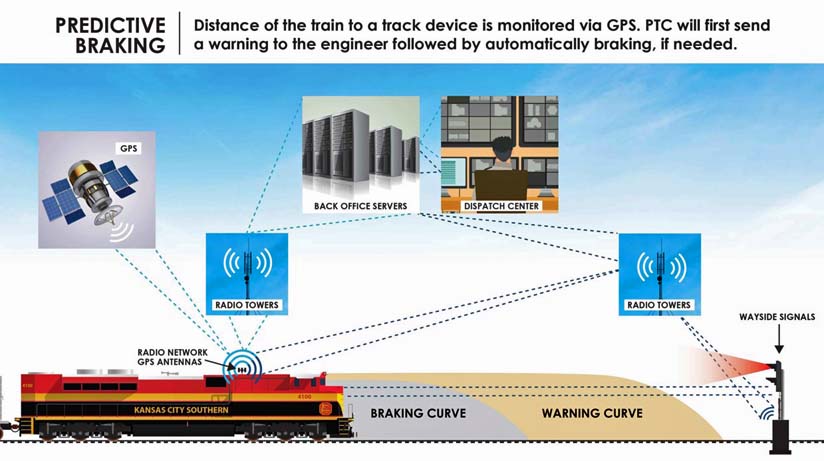
Ottawa Ontario - The Canadian government is taking steps to implement positive train control (PTC), Transport Canada (TC)
said.
The government has published a notice of intent in the Canada Gazette describing how the commonwealth will go about implementing enhanced train control (ETC),
its version of PTC in Canada, as part of a broader effort to encourage rail safety, and reduce the risk of serious accidents.

Because of the cross-border operations of U.S. and Canadian railways, both countries often seek to harmonize rail safety rules or implement regulations
that complement each other.
Both CN and CP already deploy PTC within their U.S. operations.
The initial push to implement a Canadian version of PTC came from the Transportation Safety Board of Canada (TSB) and the 2018 Railway Safety Act Review
Panel.
TC said Friday it has worked with railways and labor representatives via a train control working group on ways to implement the technology, which aims to alert
train crews of potential dangers, or stop a train if the technology foresees a collision or derailment, on specific corridors.
For higher-risk corridors, trains would use ETC with more advanced levels of functionality known as automatic train protection.
This means that the technology would be used to stop moving trains to prevent train collisions and derailments caused by excessive train speed.
ETC would also prevent trains from entering unauthorized areas of tracks.
Lower-risk corridors would see ETC deployed with a basic level of functionality, meaning that driver advisory system equipment would be used to alert train
crews to potential danger, such as if the train is exceeding speed restrictions or approaching a stop signal.
"Establishing an ETC system for Canadian railways is a priority for TC and is consistent with Transportation 2030, TC's strategic plan for a safe, secure,
green, innovative, and integrated transportation system that supports trade and economic growth, a cleaner environment, and the well-being of Canada's middle
class," the notice of intent said.
According to the public notice, the current method of controlling train movements in Canada is "rule-based," governed by the Canadian Rail Operating
Rules, and with train movements managed and supervised by rail traffic controllers.
Verbal clearances and other instructions are used in low-density corridors, while higher-density corridors deploy wayside signals and rely on train crews to
observe and respond to those signals.
As the government and stakeholders work to implement ETC, they will also need to develop new communications standards and protocols to ensure
interoperability, or the ability of trains to communicate with one another, according to the public notice.
Joanna Marsh.
(there was no image with original article)
(usually because it's been seen before)
provisions in Section 29 of the Canadian
Copyright Modernization Act.
